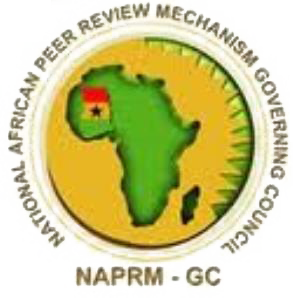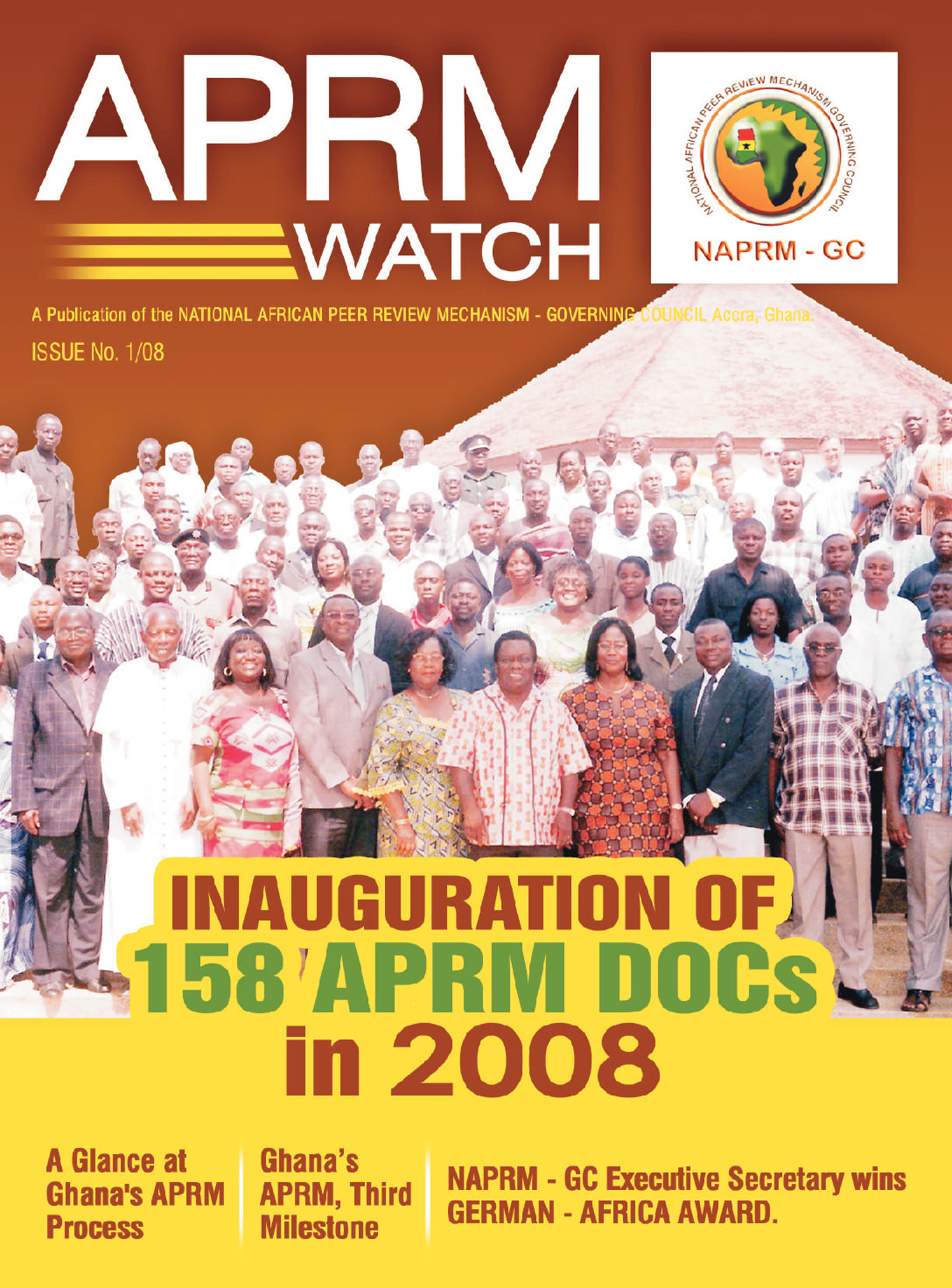Ghana and Uganda have entered into a mutual agreement to collaborate and share experiences on the modalities for the implementation of the African Peer Review Mechanism (APRM). The mutual agreement ensures that Ghana, the first country to be reviewed under the APRM shares with Uganda her achievements and challenges, especially in the involvement of ordinary people in national dialogue.
Other areas include modalities for the institutionalization of a formal channel of communication between political society and civil society, the passage of key legislation to feed into the APRM framework, financing and budgetary constraints, and maintenance of the independence of the Governing Council.
Speaking to the media during a technical meeting in Accra between the leadership of the two National African Peer Review Mechanism Governing Councils, Professor S. K. Adjepong, chairman of Ghana’s NAPRM-GC, said following the successful review of Ghana, the country maintained the Governing Council to oversee the monitoring and evaluation of the implementation of the National Programme of Action (NPOA).
The five-member Ugandan delegation which arrived in July 2009 for a 5-day visit was headed by Bishop Zac Niringiye, Chairman of the NAPRM-GC of Uganda.
Rev. Prof Adjepong said Ghana had adopted modalities which include the establishment of District Oversight Committees (DOC) to promote ownership of the APRM and ensure civil society participation in the process. He said NAPRM-GC had by then established 116 DOCs out of 170 districts in all the 10 regions, which had ensured that ordinary citizens became the drivers and owners of the APRM process at the local levels.
The regional statistics indicate that the NAPRM- GC has established nine DOCs in the Upper West region, 16 in the Northern region, 22 in the Brong Ahafo region, and 26 in the Ashanti region.
The rest are 12 DOCs in the Eastern region, 4 in the Volta, 3 in the Greater Accra Region, 7 in the Central Region, and 17 in the Western Region.
Rev. Prof. Adjepong said Ghana had successfully merged the APRM and the NPOA under the Growth and Poverty Reduction Strategy (GPRS II) to exploit synergies and ensure more targeted use of scarce national resources.
He said the four thematic areas of the APRM, Democracy and Good Political Governance; Economic Governance and Management; Cooperate Governance; and Socio-Economic Development were incorporated into the three pillars of the GPRS II.
The three pillars of the GPRS II are; private sector development; human resources development; and good governance and civic responsibility.
Other issues discussed included financing of the DOCs; the legal institution framework; donor support and influence and independence of the Governing Council from political manipulation.
Bishop Niringiye commended Ghana for her leadership role and boldness in setting the pace for the peer review mechanism in Africa. He said one of the hallmarks of Uganda’s APRM was the launch of the country’s review report in May this year, which was based on the ultimate output of views from stakeholders including government, ministries, departments, and agencies.
Other stakeholders in the process included local governments, security forces, parliament, judiciary; political parties, women, youth, legal fraternity, traditional and cultural institutions, faith-based organizations, farmers, people with disabilities, and trade unions.
Dr. Niringiye said the technical visit to Ghana was to afford Ugandan’s Governing Council the opportunity to learn best practices in the implementation process, to be exposed to challenges, and to gather information on general operations of the APRM process. The APRM is a mutually agreed instrument voluntarily acceded to by the member states of the African Union as an African self-monitoring programme.

 newsletter-compressed
newsletter-compressed